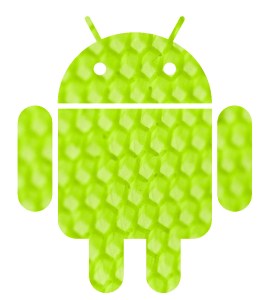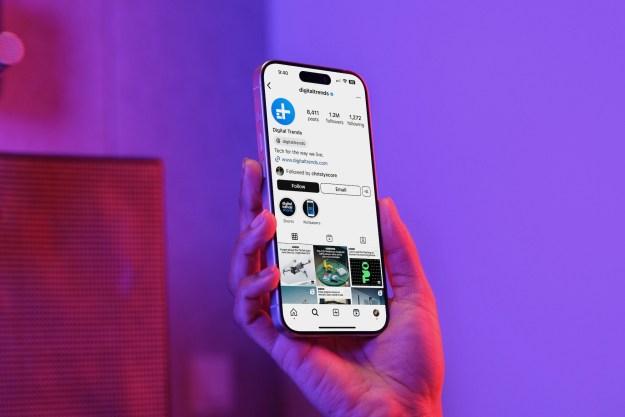
Although many parts of the Android world are still waiting for Android 2.2 “Froyo” and other parts are already gnoshing on Android 2.3 “Gingerbread,” a report in PC Magazine claims that Android 3.0 “Honeycomb”—a forthcoming version of Android more tailored to tablet devices—may require a dual-core Cortex A9 processor and even a 1,280 by 720 screen resolution. If true, it means the only chipset in production right now that meets the requirements is Nvidia’s Tegra 2 platform—and that many existing Android tablets like the Samsung Galaxy Tab would be left in the dust once Honeycomb hits the streets. Also left behind: pretty much every Android smartphone on the market.
The article quotes Bobby Cha, managing director of Enspert, a South Korean consumer electronics firm.
Samsung has previously implied that its Galaxy Tab products won’t be upgradable beyond Android 2.3 “Gingerbread,” although the company has not made any official announcements. The tablet only went on sale in the United States at the end of October, 2010.
Google has revealed few details of what it plans for Android 3.0 “Honeycomb,” although last month the company showed a tablet device from Motorola running an early version of the operating system and a focus applications that require a good deal of real estate. If Google is indeed focusing Honeycomb on high-resolution, processor-endowed tablet devices, the company may be getting ready to divide the Android marketplace into two classes: smartphones and less-capable tablets (like the Samsung Galaxy Tab) and premium, high-resolution tablets more able to compete with the likes of the Apple iPad, offering higher screen resolution and Android 3.0 “Honeycomb.”
Editors' Recommendations
- The Galaxy Tab S8 has renewed my faith in Android tablets
- Android 11 is now rolling out to some Samsung Galaxy phones, if you’re lucky
- Cheap Tablet Alert: Samsung Galaxy Tab A 8.0 is just $100, because Prime Day
- Apple iPad, Samsung Galaxy Tab on sale for as cheap as $110 at Best Buy
- What is UFS 3.0 storage? We asked an expert about the SSD for phones


